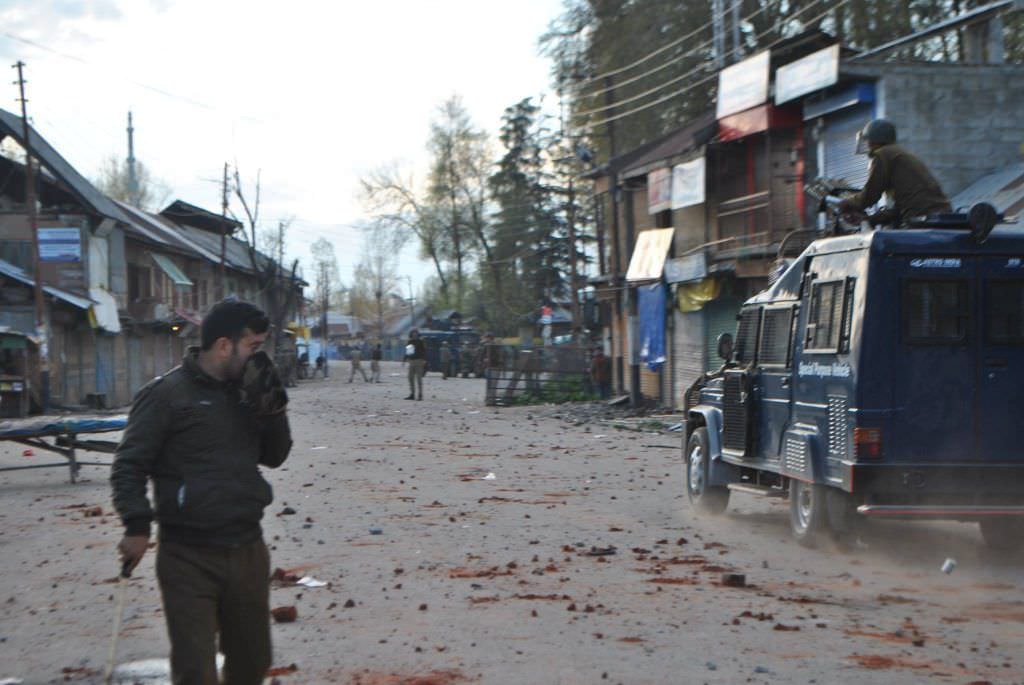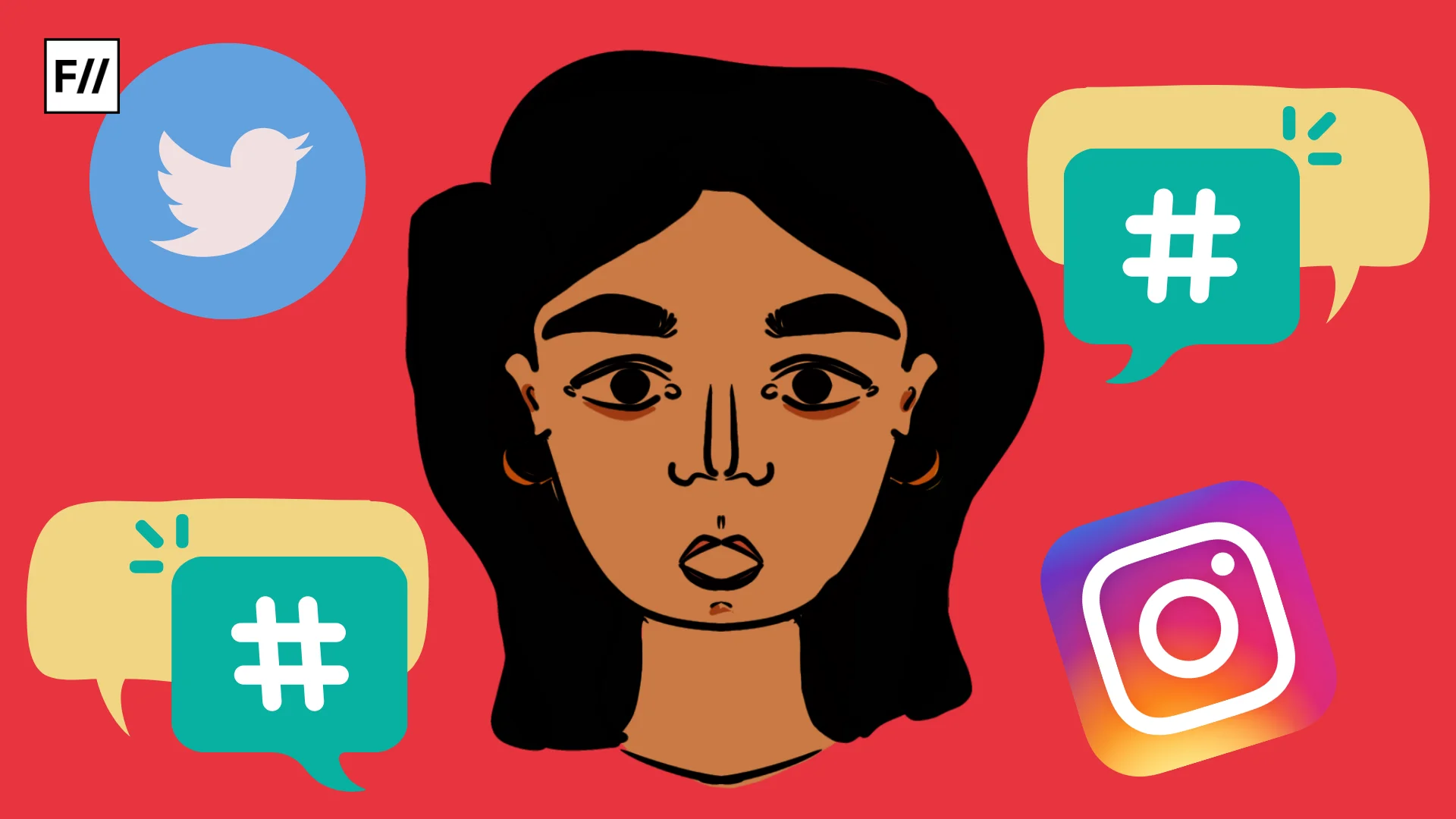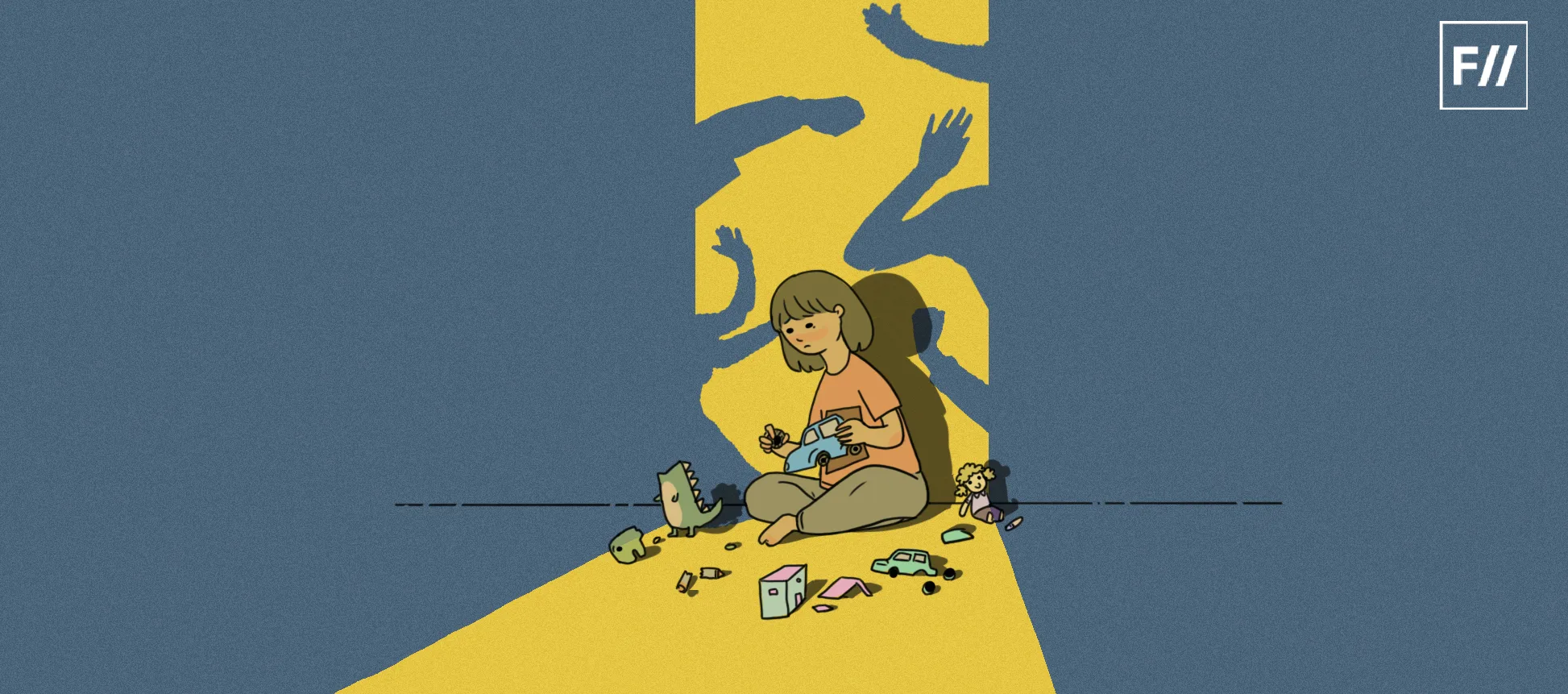Kashmir is an occupied land. Killings, impunity, sexual assault and torture in jails, and state sanctioned forms of violence such as AFSPA – these are the norm in Kashmir, not the exception. The reported sexual assault of a minor girl, the protests that were sparked off, and the killing of five civilians in Handwara town of the Kupwara district is yet another incident in this long history of violence being enacted on Kashmiris.
Students of Kashmir University and others colleges and universities in the state have also been protesting against the killings. But in order to begin a conversation on sexual assault under occupation, on violence against protestors, and on the illegal detainment of the young woman along with her father, we must first speak while recognizing that we speak as occupiers. Within India, when nationalism debates arise, we wonder why we’re forced to ‘love’ our country, why disaffection is a crime. Why then, do we want Kashmir to love, tolerate, be ‘an integral part of’ its own violent occupation, why must it swear fealty to its violent occupiers? Sexual violence has been deployed as a tool, as part of this occupation in Kashmir for a long, long time. The Kunan Poshpora case is only one of many horrific examples of this. Massacres and crackdowns have become a part of the vocabulary of what it means to grow up Kashmiri in the face of a nation-state that preaches democracy, but is instead ferociously visible in the form of guns, bullets, AFSPA, army checkpoints, and enforced disappearances.
But even as the families of those who had died due to the army firing in Handwara and other neighboring towns of Kupwara district were mourning their dead, and even as the girl was being illegally detained by the army, it seemed like Indian newspapers wanted to move on from the issue, back to the condition called ‘normalcy’. On the 18th of April, The Hindu led with the headline “Kashmir embers cool after flare-up” and the article mentioned how the valley was “limping back to normalcy.” This belief that ‘normalcy’ is a state that could be returned to somehow, that ‘normalcy’ has even existed for Kashmiris in recent history, is astonishing.
https://www.youtube.com/watch?v=kfGVdF7XpmY
The Jammu Kashmir Coalition of Civil Society has been actively pursuing this case and looking into the killings of that ensued and the illegal five day (and counting) detention of the girl and her father. As of late 18th April evening, the girl and her family have been taken to an undisclosed location again. Their earlier update from the day can be accessed here. After much difficulty, they managed to have a private meeting with the girl and her father, where “[They] re-affirmed that they wish the legal team to continue to represent them. They stated that they have effectively been kept in illegal police detention and wrongful confinement from 12 April to date. They have been intimidated, abused and kept under constant surveillance. Their phones have been confiscated at the will of the police and access and physical movement has been either completely denied or limited as per the discretion of the police. The minor girl and family have at no point sought police protection.“
One of the major violations that is evident in the way the army has handled this case is the fact that the statements that they had extracted from the girl to exonerate themselves – once on record, widely circulated, and once in front of the judicial magistrate – were not given voluntarily. It is furthermore deeply exploitative, and wrongful that a reported sexual assault survivor be pushed into giving video statements that completely reveal her identity. These statements are in no way neutral, fair or necessary at this stage – the girl herself “has sought, and requires, the time, space and privacy to be able to take part in the important investigations. Presently, every effort is being made by the police to harass and intimidate the family.”
The acts of threatening and illegally detaining a minor girl, and revealing her identity on camera and allowing access of this unlawful testimony to media sources must be investigated. Unfortunately, such probes in the state have not had any degree of success in the past, and if the situation is to be any different this time, genuine action that focuses on the needs and safety of the girl must be taken, instead of attempts to merely call for ‘peace’ in the district or further monitoring and cornering of the family in the name of ‘protection’ or ‘custody’. Just as there can be no such peace as long as army control and violence continues unchecked, there can be no fair investigation into the sexual assault case if there are constant threats and vested interests of those who may be implicated if a thoroughly unbiased investigation does take place.
It is certain that the rights of the minor girl to remain unidentified and protected have been violated (a primer on laws here). Sexual assault is a traumatic, violent experience for anyone to undergo. Law makes us do certain things in these contexts – reporting, testifying, putting into words our experiences, filing complaints, speaking out – and these acts are in themselves incredibly difficult experiences to go through. Then, to be confronted by army men, told to record a video exonerating them from all blame, without any family members around her during the recording of the video, is another terrifying scenario altogether. None of this is remotely lawful, or remotely fair. But then, what in this current scenario of Kashmir – is lawful or fair?

The streets of Kupwara. Photos uploaded by Zulkarnain Bandey to Facebook, 15/04.
It is important to keep in mind that this is a highly volatile and fast changing situation, both in terms of the condition of the girl and her family, and the protests that are happening, in Kashmiri universities and colleges, and on the streets. Keeping this in mind, it is a good idea to keep track of the information via multiple sources, especially those based within Kashmir and those who are updating events online on their social media pages/websites/etc. They have been working to get information out despite the internet blockade that was in place for a while. Here is a partial list of people/activists/Kashmiri websites that are following the events as they unfold:
- The JKCCS’ website, with daily updates and press releases.
- Khurram Pervez, who is the Programme Coordinator for JKCSS, has been updating the events on his public Facebook profile.
- Handwara based journalist, Zulkarnain Bandey has also been posting updates.
- The Kashmir Reader, the Kashmir Monitor, Kashmir Watch and the Rising Kashmir news websites.
- Essar Batool, who is a human rights activist and writer has Facebook updates.
- Videos of the protests and statements from politicians on the YouTube channel of Kashmir Monitor.
- Journalist Rameez Makhdoomi and his website News Kashmir Magazine.
*Photos by Zulkarnain Bandey uploaded on 15th April, 2016. The uploader has explicitly mentioned that there is no copyright on the pictures and they’re free to use. To see the rest of the album, go here.
About the author(s)
A political science student, reader and researcher




